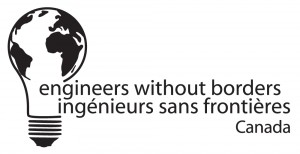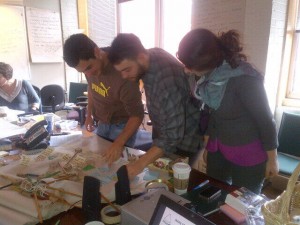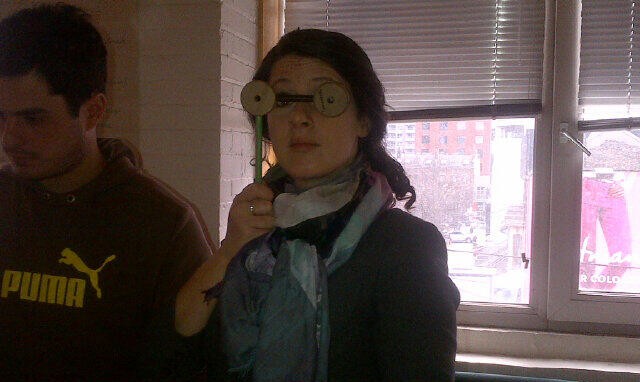 As the engineers get ready to be deployed on their international assignments, they go through and intensive amount of training with a focus on human-centered design and empathy problem solving. Engineers Without Borders is famous for shifting the way international development work is done;
As the engineers get ready to be deployed on their international assignments, they go through and intensive amount of training with a focus on human-centered design and empathy problem solving. Engineers Without Borders is famous for shifting the way international development work is done;
” We co-design systemic innovations with local partners, with the goal of fixing a broken system or introducing a new model.”
As well as they way they are reporting and documenting their work, EWB was the first NGO to introduce the Failure Report to learn from mistakes happening in the field directly from the staff working on the ground.
 The unique way in which EWB is investing in people is what made me most excited to be delivering a Design Thinking 101 workshop to them in a week where they also focus on systems thinking, foresight and experience design. Admittedly, I was a little nervous to be bringing design thinking into a room of engineers who are heading out on some absolutely amazing ventures in Africa, each one doing something that sounded more and more complicated and I just had to check-in with myself and reminded myself that these are exactly the wicked problems that design thinking can facilitate.
The unique way in which EWB is investing in people is what made me most excited to be delivering a Design Thinking 101 workshop to them in a week where they also focus on systems thinking, foresight and experience design. Admittedly, I was a little nervous to be bringing design thinking into a room of engineers who are heading out on some absolutely amazing ventures in Africa, each one doing something that sounded more and more complicated and I just had to check-in with myself and reminded myself that these are exactly the wicked problems that design thinking can facilitate.
In just under 2 hours, after getting a breakdown of design thinking, the engineers took on a wicked problem to practice. The two designs that emerged were a self-contained shelter for a homeless person who has been kicked out of the Salvation Army for violence or substance abuse during a snowstorm in Vancouver including some augmented reality software and a floatation device that can be used as a food and health sanctuary in times of flood and conflict in Africa for women and children that could dissolve to feed and nourish the fields.
Both teams were able to dig into the challenge and emerge with some great ideas, in the reflections they realized the importance of framing the problem and being able to focus on select stakeholders, to evaluate where an “impossible” idea may feed into a realistic solution and to continue to unpack where they made decisions and had biases.
